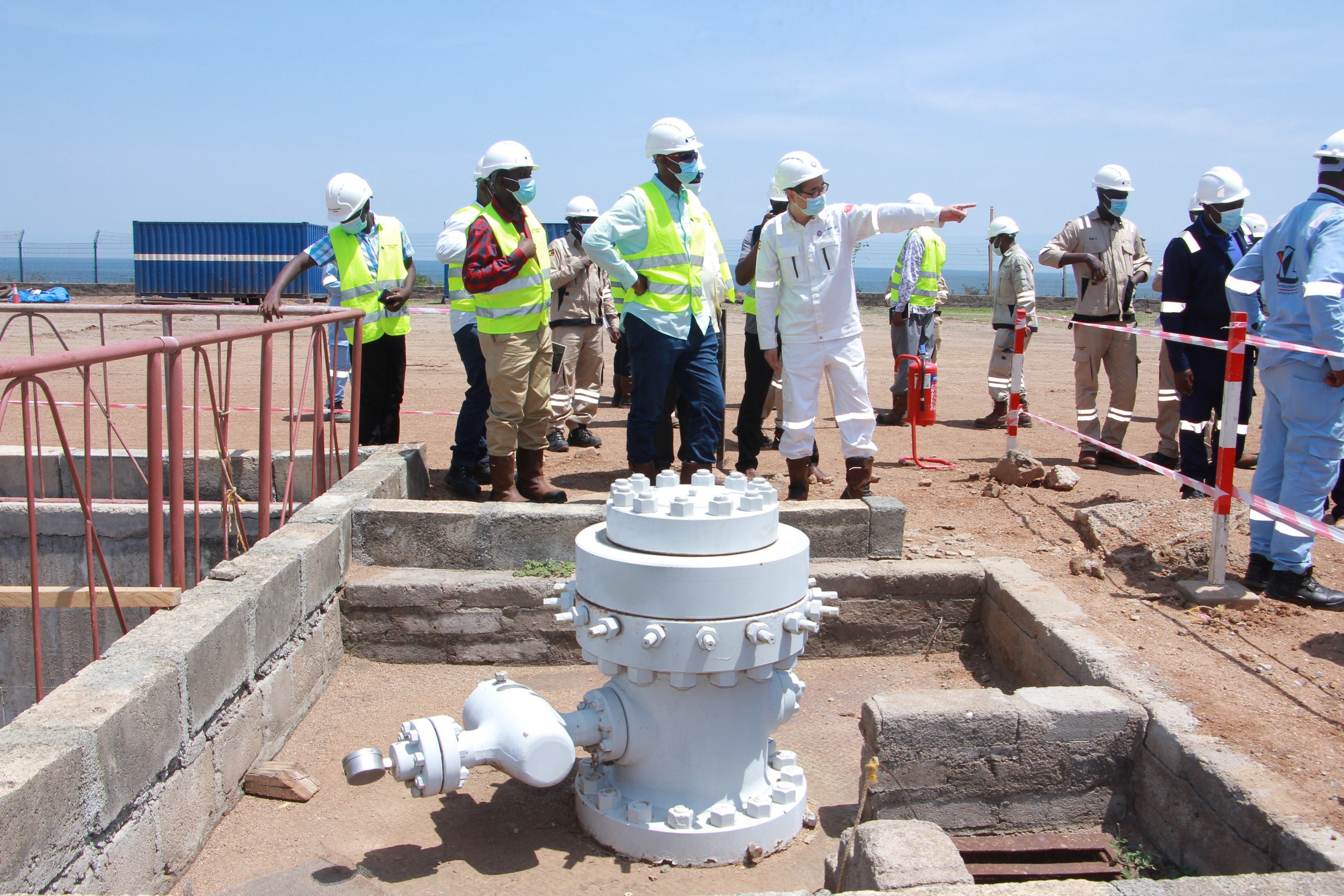Prime
Are insurers ready to cover oil risks?

There are many risks in the oil sector which makes insurance important. Photo| Paul Murungi
What you need to know:
- Whereas 18 local insurers have formed an insurance consortium for oil and gas, the risks involved in the sector are of a higher magnitude some of which might need to be taken on by global operators.
In 2019, oil regulator Petroleum Authority of Uganda recognised the Insurance Consortium for oil and gas, at the fifth oil and gas convention.
Since then, the discussion has centered on the consortium’s level of preparedness to oversee what kind of capacity they hold in terms of finances to invest, and human resources.
The consortium now comprising of 18 insurance companies to provide services in the oil sector will now be placed under a resilience test as the country transitions to the development stage of the oil resource.
The oil sector remains prone to heavy risk and losses, and therefore, it presents numerous investment opportunities for insurance to play a critical role in covering risk.
In a recently published report by the Uganda Chamber of Mines and Petroleum on the proceedings of the oil and gas convention in April, insurers quoted in the report continue to show different levels of optimism.
Carolyn Tayebwa, a business development manager at UAP Old Mutual, highlights that there are a number of onshore and offshore risks associated with oil and gas activities.
Such onshore risks can include pipeline bursts and vandalism, oil spillage resulting in environmental pollution, explosion and fire.
Similar risks are also associated with offshore operations such as pollution, spillage and blowout of wells, third party liabilities, and even terrorism.
In his analysis of the sector, Maurice Amogola, the Minet chief executive officer, says the ability of the insurance sector to handle large risks will largely depend on capacity.
Insurance in Uganda, he says, has been growing at about 11 percent per annum, which is good but from a very low base.
Therefore, in his view, Amogola says, companies here are not as large as those that operate globally, which therefore, makes national content an important aspect.”
“There is a need to build this capacity so as to retain some risks in Uganda’s oil and gas sector through the Uganda Insurance Consortium,” he says, noting that the risk being retained locally is quite small in terms of what is available in the entire oil and gas sector.
Oil being a relatively new industry for local players will have huge risks reinsured by international players, which Amogola says will introduce companies such as SwissRe, MunichRe and others.
These, he says, are mostly in the background to ensure that risks have been well modelled and the terms and conditions are well thought through.
However, many players have argued that there are components of risk, such as workman’s compensation, group life insurance, medical insurance and cyber insurance, among others that should be covered by local insurers.
This, therefore, gives insurers through the National Content Forum an opportunity to start small as they grow to take on larger risks in the industry.
Ronnie Musoke, the Insurance Consortium fund fanager, says following the announcement of the final investment decision they have moved from just preparing to demonstrate what capacity they have to write oil and gas business.
All insurance companies participating in the oil and gas space, he says, have identified key personnel who will be trained to specifically handle oil and gas activities.
“Over 90 percent of all these personnel are Ugandans so the consortium prides in demonstrating that national content is being observed and this will create a pool of locally available capacity,” he says.
Another area of capacity building includes stakeholders who are outside the insurance space, such as contractors and the communities where oil activities will be taking place.
“We want to make sure that they understand the insurance business, terminologies, claims procedure and that way various arrangements will be moving,” Musoke notes.
However, Tayebwa highlights that there are exposures in the upstream, midstream and downstream, which calls for risk mitigation.
Such exposures, she says, including well blowout, fire and explosion, corrosion and fatigue of rig, heavy weather such as storms and hurricanes, among others, will need mitigation.
In downstream, the property risks and exposures include fire and malicious damage, sabotage and terrorism, liability to third parties, theft, and loss of production income and injury to employees as well as bad weather.
Some covers for such risks in upstream include property damage insurance, marine hull, marine cargo, operators extra expense, construction and erection risks, business interruption, third party liability, energy package
Managing risk
Mr Shivan Hutton, the Marsh Specialty, Africa head, discusses the need for a contractual arrangement for risk and how it brings risk to various parties through allocation of risk in contracts.
For instance, he says, components of a construction contract should contain various technical details of the risk and the risk allocation, indemnity clauses and certain mandatory coverages to be placed between the contracting parties with key points of focus rotating on how to get risk transferred.
“Risk tends to be insurable and there is insurance that covers the entirety of the risk but you may not get the entirety covered under one package,” he says.
“There is always an element of risk that is either uninsurable or sometimes the risk need to be covered by different contractors,” Hutton says.
“Things can go wrong,” he says, and usually this is due to a number of events such as lack of execution on timing, poor interface between contracts team and risk management divisions or advisors, and acceptance of contract terms without expert counsel, among others.
Cut and paste theory
Such happenings as Hutton points out can lead to poor interface between insurance policies, incorrect pricing of contract, reduction in margin, assuming increased liability.




